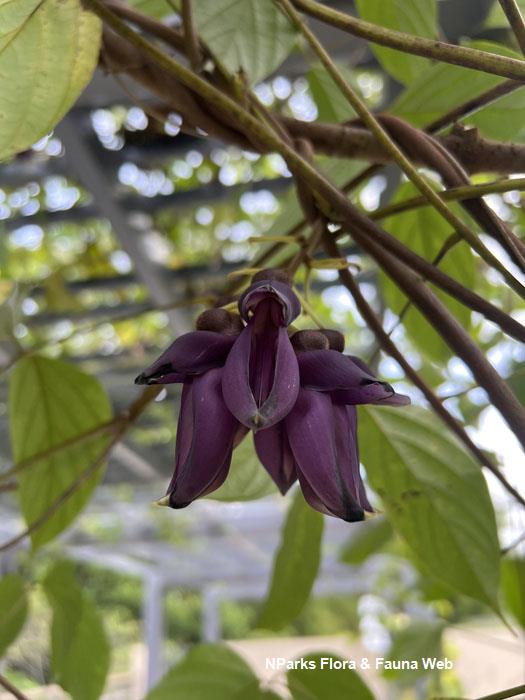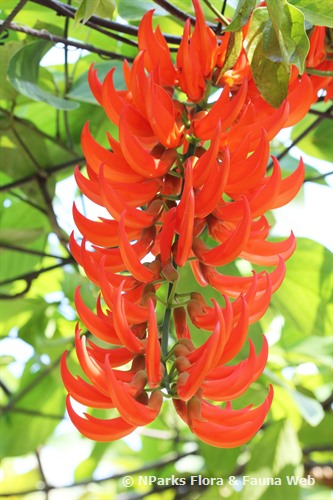
Back
Mucuna bennettii
| Family Name: | Fabaceae (Leguminosae) |
| Common Name: | New Guinea Creeper, Red Jade Vine |
Mucuna bennettii commonly known as the New Guinea Creeper is a large climber from the Legume family. With oval-shaped leaflets and striking fiery-red cascading clusters of flowers in the shape of hooks, this fast-growing climber flourishes in the tropics. The New Guinea Creeper tends to grow with increased vivacity as it matures and covers more ground, producing an abundance of vibrant red flowers!
Name
Classifications and Characteristics
| Plant Division | Angiosperms (Flowering Seed Plants) |
|---|---|
| Plant Growth Form | Climber |
| Lifespan (in Singapore) | Perennial |
| Mode of Nutrition | Autotrophic |
| Plant Shape | Weeping / Pendulous |
Biogeography
| Native Distribution | New Guinea |
|---|---|
| Native Habitat | Terrestrial |
| Preferred Climate Zone | Tropical, Sub-Tropical / Monsoonal |
| Local Conservation Status | Non-native (Horticultural / Cultivated Only) |
Description and Ethnobotany
| Growth Form | A large woody climber. |
|---|---|
| Foliage | Glossy green, trifoliate. Leaflets are ovate in shape. Leaves are alternately arranged along the stem. |
| Flowers | Cascading clusters of bright red flowers in raceme inflorescence. |
| Cultivation | Ensure roots are in shade. Plant eventually grows to a big climber, therefore requires large space to spread. |
| Etymology | The genus Mucuna is the Brazilian vernacular name for cow-itch, which is Mucuna pruriens. The specific epithet bennettii is named after A.W. Bennett, a British botanist. |
Landscaping Features
| Landscaping | Plant produces beautiful clusters of bright red-orange flowers, suitable for pergola and can be trained to climb large trees. |
|---|---|
| Desirable Plant Features | Ornamental Flowers |
| Landscape Uses | Trellis / Arbour / Pergola, Container Planting |
Plant Care and Propagation
| Light Preference | Full Sun, Semi-Shade |
|---|---|
| Water Preference | Lots of Water, Moderate Water |
| Plant Growth Rate | Fast to Moderate |
| Rootzone Tolerance | Moist Soils, Well-Drained Soils |
| Propagation Method | Stem Cutting |
Foliar
| Foliage Retention | Evergreen |
|---|---|
| Mature Foliage Colour(s) | Green |
| Mature Foliage Texture(s) | Papery |
| Prominent Young Flush Colour(s) | Green |
| Foliar Type | Compound (Trifoliate) |
| Foliar Arrangement Along Stem | Alternate |
| Foliar Attachment to Stem | Petiolate |
| Foliar Shape(s) | Non-Palm Foliage |
| Foliar Venation | Pinnate / Net |
| Foliar Margin | Entire |
Non - Foliar and Storage
| Stem Type & Modification | Woody |
|---|
Floral (Angiosperm)
| Flower & Plant Sexuality | Bisexual Flowers |
| Flower Colour(s) | Orange, Red |
|---|---|
| Flower Texture(s) | Smooth, Waxy |
| Flower Grouping | Cluster / Inflorescence |
| Flower Location | Axillary |
| Flower Symmetry | Bilateral |
| Individual Flower Shape | Papilionaceous / Pea-shaped |
| Inflorescence Type | Raceme |
| Flowering Habit | Polycarpic |
Image Repository
Others
| Master ID | 161 |
|---|---|
| Species ID | 1457 |
| Flora Disclaimer | The information in this website has been compiled from reliable sources, such as reference works on medicinal plants. It is not a substitute for medical advice or treatment and NParks does not purport to provide any medical advice. Readers should always consult his/her physician before using or consuming a plant for medicinal purposes. |

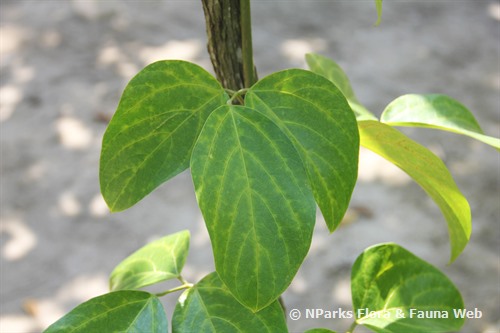
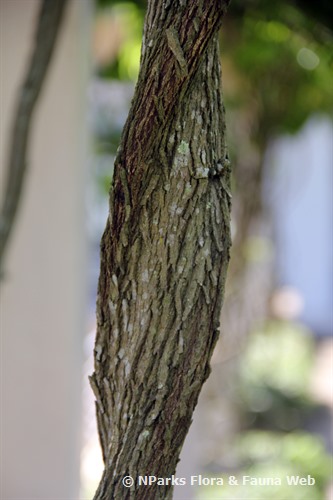
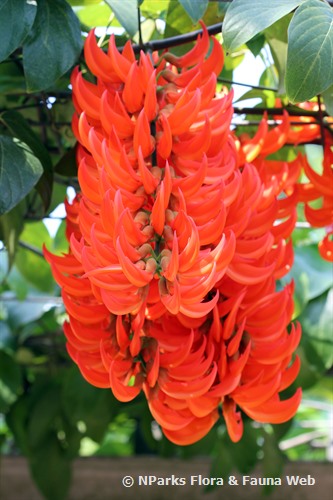
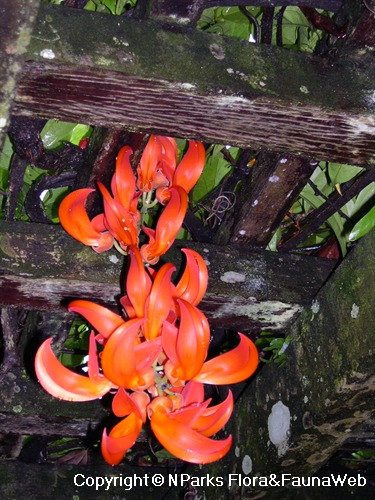
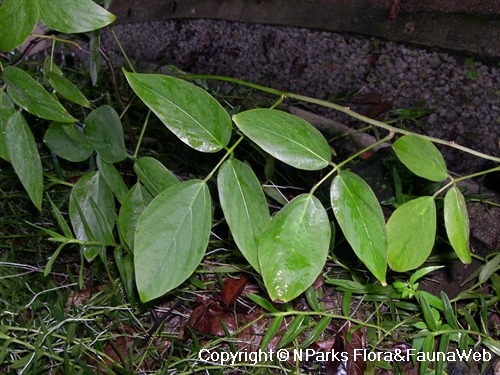
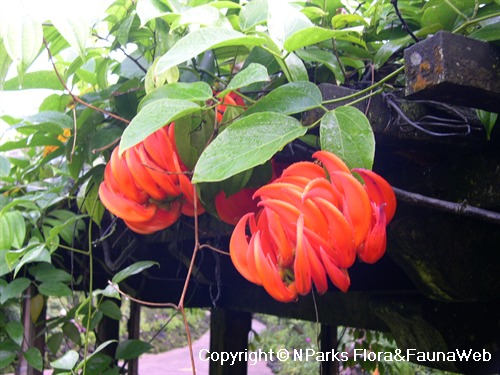
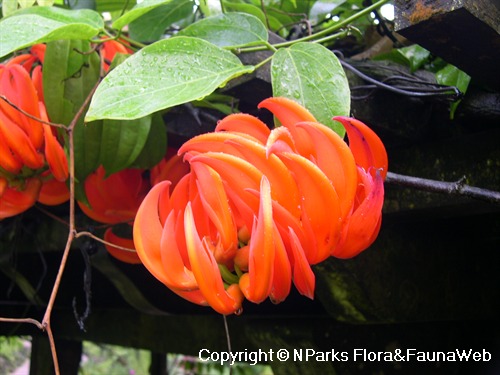
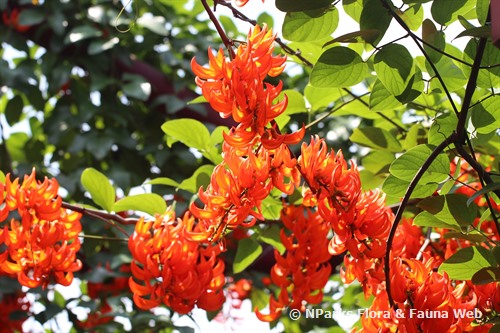
-(2).jpg)
-(8).jpg)
